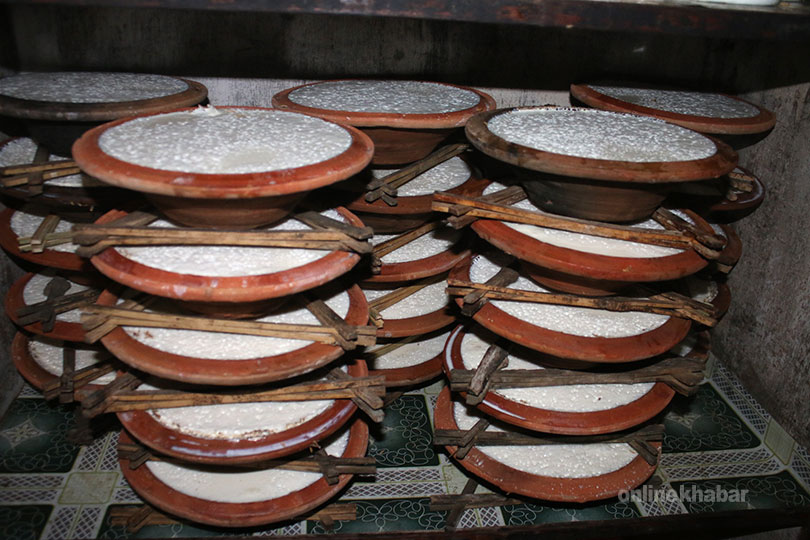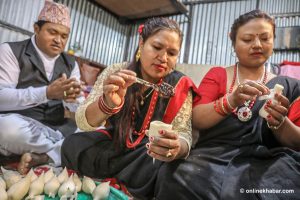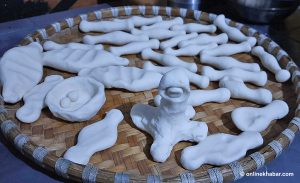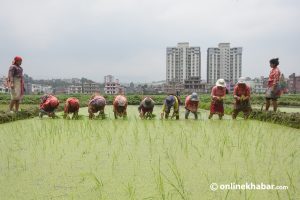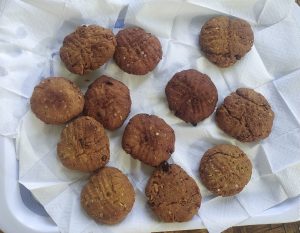Dahi (curd) is has been a part of Nepali society since time immemorial. Whereas the culture of eating meat has divided society between vegetarians and non-vegetarians since ages ago, the practice of abstaining from milk and other dairy products considering them animal products (veganism) is relatively new in the country.
Hence, dahi has become a part of the culture of many communities of the country. The 15th day in the month of Asar that falls in the mid of the monsoon season has a whole festival associated with dahi and chiura.
But, what is the history of dahi in the world and in Nepal anyway? Here, we try to connect some dots to trace a line along with brief information on other aspects of the use of curd in Nepal.
Origins
Globally, people have been known to eat curd or yoghurt at the same time as they started rearing animals. As the base is animal milk, milk from any animals can be turned into curd.
It is not clear if it was something that people made knowingly or knowingly. Most people believe leftover milk turned solid and then turned into curd. When consumers tested that, they liked it and began making it again and again.
In ancient times, the practice of keeping liquids in goatskins or stomachs of animals resulted in exposure to some bacteria. The milk then fermented and that led to the discovery of a new technique, and a new dish, i.e. curd.
The earliest evidence can be dated to around 5000 BC in Mesopotamia. Curd has also been mentioned in records of ancient India, Persia, ancient Greece (129 AD), Turkey (1072-74), France, Russia, Sumatra, and Bulgaria.
Locally, in Nepal, though there is no confirmation on the date of its existence yet, it is believed the curd as Nepal knows today became the cultural symbol during the Lichhavi period.
“But, it was during the Malla period when it was commercialised and organised truly when King Jayasthiti Malla called for the best curd from the city. It started a competition between the locals,” explains cultural expert Om Dhaubhadel. This also marks the start of Juju dhau.
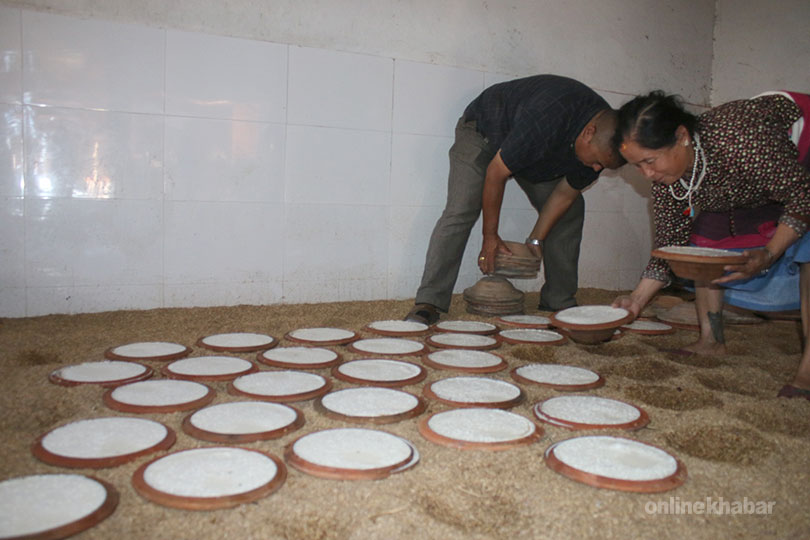
Cultural and social importance
Curd has been considered religiously important in all kinds of worships in Hinduism in Nepal as it is a part of offerings to the god (separately as curd, and in arghya and panchamrit–see below). Likewise, the curd from cow milk is considered a purifier as a part of panchagavya (five products from cow: milk, curd, ghee, urine, and dung). Social events like weddings, nwarans (naming ceremony), birthdays, and pasnis (rice-feeding ceremony), all need curd.
Curd is also considered one of the panchamrits or five elixirs. Curd mixed with honey is also considered the food of god (madhuparka). For Newars of Kathmandu, dhau (curd) mixed with baji (beaten rice) is also a popular snack and ceremonial food.
Before any important work, eating curd is considered as a token of good omen (sagun/shakun). Hence, curd is also taken as a gift for people on some good occasions, and to please seniors.
Curd for health
Curd is good for the stomach. In Nepal, it is consumed by locals to heal distress, diarrhoea or constipation.
The reason curd is placed at the end of a bhoj (feast) is its soothing quality and probiotics that make it easier for people to digest their food.
There is also a local practice is to drink curd mixed with turmeric, and fenugreek to treat diarrhea. It is also taken as a nutritional supplement for fish and meat.
How is it made
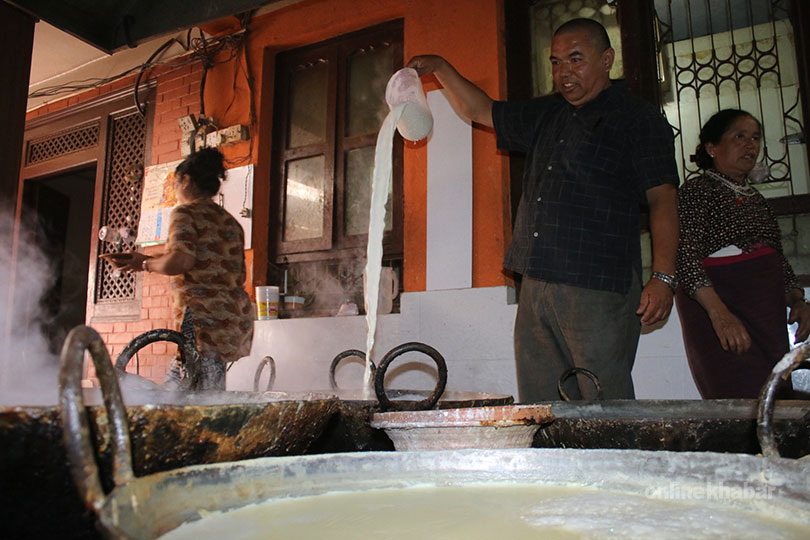
It can be made of whole cow milk, buffalo milk, or milk from goat and sheep among other animals.
Milk turns into curd when exposed to one of the bacteria named Lactococcus lactis, Streptococcus diacetylactis, Streptococcus cremoris, Lactobacillus delbrueckii subsp bulgaricus or Streptococcus thermophilus.
The quality of curd can be determined by its smell, taste, texture, and consistency. The taste should be sweetish to sweet and sour.
The curd-makers of Kathmandu
Making curd is a family business in the Kathmandu valley. “The Prajapati clan makes bhiyut or bhyaga (earthen pots) that are specifically used to make the curd while the curd making clans are Pradhananga, Dhaubhadel, Timila, Dhada, Sainju, etc,” says Om Dhaubhadel.
After the Malla era, the economic status of curd-markers has been reported to improve gradually in the valley. Consequently, it has uplifted living standards by encouraging animal husbandry.



